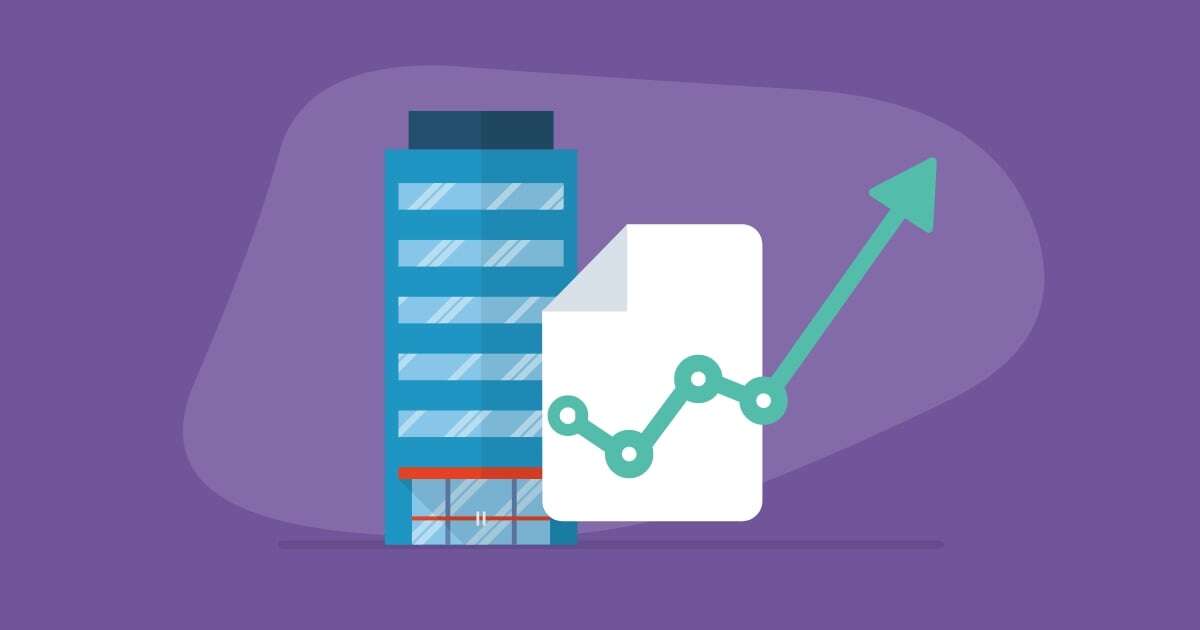Although revenue can cure many ailments, it alone in a vacuum doesn't dictate a vendor’s overall financial health. An increase in revenue may certainly be a good indication for a vendor’s overall financial health, but it’s important to investigate a few other details before jumping to the conclusion that the health of a vendor is solid and doesn't have problems.
So, when someone says, "revenue has increased so the health of my vendor is better, right?" the answer is, not necessarily...
To take it a step further, consider the following items in conjunction with the vendor’s revenue increase to determine if your vendor’s revenue growth is sustainable and worthy of recognition.
4 Considerations Alongside Revenue Growth
- Growth Rate and Sustainability – By calculating a revenue growth rate, you can get an understanding of the magnitude of a vendor’s revenue growth. Of course, it's preferred to have a larger growth number, but it's also important to assess the vendor’s revenue increases over a longer term to see how sustainable it is (i.e., how many consecutive periods of revenue increases / growth has the vendor generated?).
- Method of Growth – Did the vendor generate all its revenue increases from organic levers or inorganic levers? Organic growth happens when the vendor generates more revenue from its core business operations (which often takes more effort and time), whereas inorganic revenue growth comes from mergers & acquisitions (M&A), which can yield more immediate results on a vendor’s topline number. Both are important levers available to vendors to sustain revenue increases, but they should be viewed independently to get a sense as to where the main drivers of the vendor’s increases are derived from.
- Operating Income – With revenue increases, the vendor may have also increased operating expenses or made significant adjustments to its operating profile to generate that growth. Therefore, it's also essential to get a sense of a vendor’s operating income, which is the profitability that is generated off the vendor’s revenue following its payments / outflows for operating expenses. This figure helps expose the efficiency of a vendor’s operations (or lack thereof), so should be a complementary metric to use alongside revenue increases.
- Cash Flow – Akin to operating income, a vendor’s cash flow can show how efficient a vendor is at generating cash flow from its revenue increases. Cash flow can expose key elements of a vendor’s operating profile, such as its ability to generate positive / negative cash flow from its operating, investing and financing activities. It can also expose how much liquidity or access to capital the vendor has, which is another important factor to consider alongside revenue increases and growth.
If your vendor has recently increased their revenue, don't be so quick to assume that this signifies an improvement to their financial health. It remains important to read between the lines to discover the root cause of the vendor’s revenue growth, along with other complementary metrics and factors such as the ones highlighted here, to gain a better, more comprehensive understanding of the vendor’s overall financial health.





.gif?width=1920&name=Sample-Graphic-Animation%20(1).gif)



